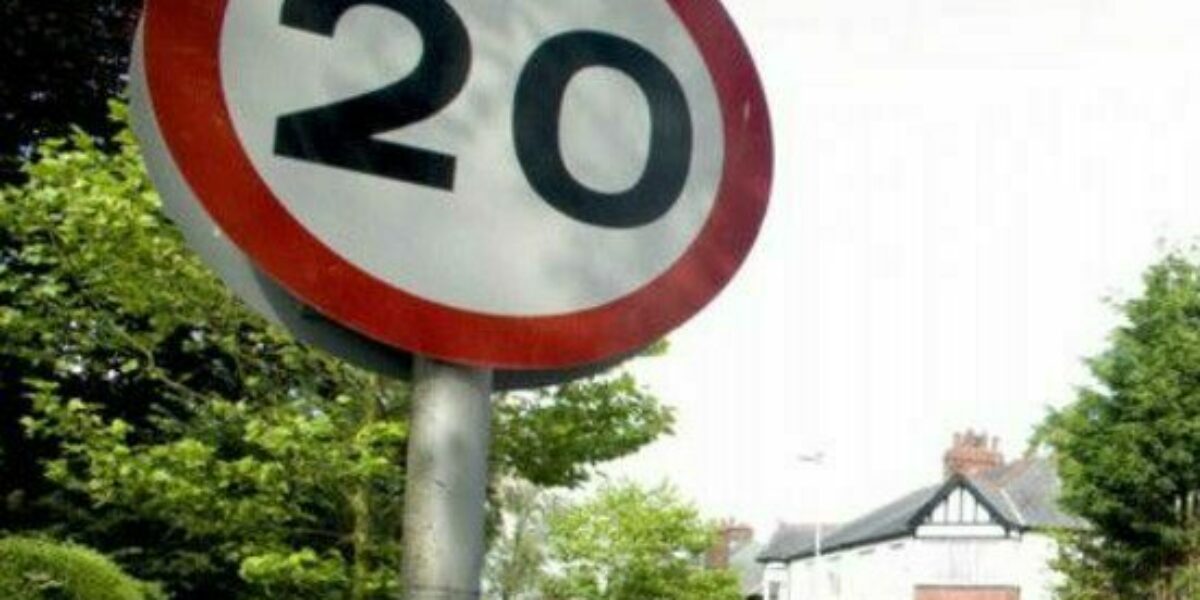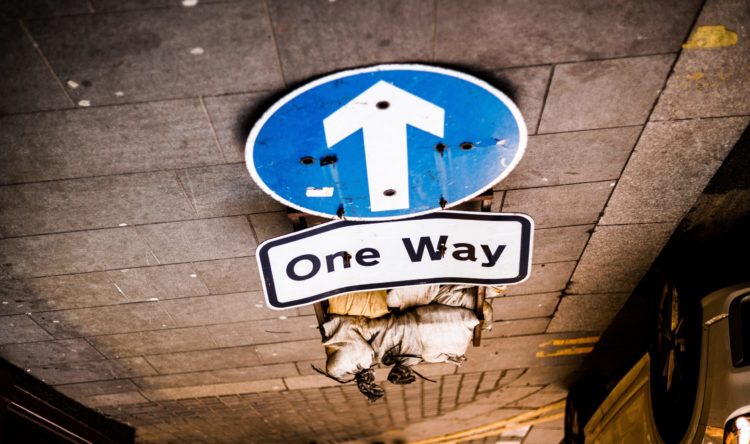Low enforcement, slow effectiveness
20 mph limits fail to show statistical improvements
The effectiveness of 20 mph speed limits has again been called into question by new research.
However, beyond the headlines, there seems little new in the study results.
Imposing new regulations are unlikely to be abided by without effective enforcement and deterrents.
Slow effectiveness
The research is led by Professor Ruth Hunter from the Centre for Public Health at Queen’s University Belfast . It’s been published in the Journal of Epidemiology & Community Health.
The top line is that cutting speed limits to 20mph in busy town and city centres ‘has little impact on road deaths or crashes’.
While 20mph limits lead to quieter streets with fewer cars, they ‘don’t even cause drivers to slow down’.
The researchers say there is ‘little evidence on their effectiveness and earlier studies have produced mixed results’.
A study over time
Belfast was the main focus of the research, using data on road traffic collisions, casualties, driver volume and traffic speed. These were from one year after and three years after 20mph speed limits were introduced in 76 streets in the city centre in 2016.
These have been compared with city centre streets without the new speed limits and restrictions. Similar streets elsewhere in Northern Ireland that had retained 30-40 mph speed limits wee also included.
Little obvious improvement
The study found 20mph speed limits showed ‘little change in short or long-term outcomes for road traffic collisions, casualties or vehicle speed’.
Reductions of 3% and 15% in the number of crashes were found after one and three years. Surprisingly, the researchers describe these as having ‘no statistically significant difference over time’.
Casualty rates also fell by 16% and 22%, one and three years after implementation. Again, these reductions were viewed as ‘not statistically significant’.
With average traffic speed falling by only 0.2 mph one year and by 0.8 mph three years after roll-out, perhaps the lack of speed reduction may influence the conclusions of 20 mph zones overall effectiveness.
Perhaps surprisingly, weekly traffic volume fell by 57 vehicles one year after roll-out and by 71 vehicles three years after roll-out. The largest reductions were observed during the morning rush hour (between 8am and 9am) when there were 166 fewer vehicles a week. This compared with ‘similarly matched streets’ where the 20mph speed hadn’t been applied.
A statistically significant decrease in traffic volume of 185 fewer vehicles a week was also found when comparing all sites before and three years after roll-out.
Deterrents
It has long been argued by proponents of 20 mph schemes that without effective enforcement, they will have little effect.
The author of this study, Professor Ruth Hunter, says: “Previous research has suggested that 20 mph speed limit interventions should be supplemented with other interventions such as driver training, social marketing, community engagement, closed-circuit television, in-car interventions, community interventions (eg, speed watch), and police communications.
“Such success may then have the capacity to facilitate an ambitious culture change that shifts populations away from the car-dominant paradigm and help us recognise that 20 mph speed limits are not simply a road safety intervention, but instead part of the fundamental reset of the way we choose our life priorities – people before cars.”
The RAC described the findings as ‘surprising’ and ‘at odds with other reports.
Simon Williams, RAC road safety spokesman describes the findings as ‘surprising’ and ‘at odds with other reports’.
Williams ads that the conclusions show the “need for councils to find other ways to get drivers to slow down”. These, he says, include “enforcement”.
The location of the 20 mph zones “are used in places where they stand to make the biggest positive impact”.
“Our research shows drivers are less likely to comply with a lower limit if they don’t believe it’s appropriate for the type of road.”
Words, numbers and actions
While 20 mph imits and zones have become increasingly popular with road safety professionals. This can be seen in decisions by local authorities in the UK, across the EU and also in UNICEF campaigns across the world.
The main reasons for reducing traffic speed in urban areas are to lessen the likelihood of a road traffic collision as well as the severity of associated casualties. At traffic speeds of 30–40 mph, the risks of pedestrian fatalities are 3.5–5.5 times greater than at speeds of 20–30 mph.
While the reduction in traffic volumes is a roundabout way of improving road safety and reducing local pollution levels, more need to be done in order to make 20 mph limits effective in slowing traffic down.
Professor Ruth Hunter ads: “Future 20 mph speed limit interventions should consider the fidelity [enforcement], context and scale of implementation.”







